The Old CATV Equipment Museum
Outside Plant
Amplifiers: Coffee Can Amplifier
Yes, coffee can amplifiers really did exist. It's a combination broadband linear amplifier and one or more taps built into a modified coffee can. Each amplifier was assembled by hand, with components soldered directly to the can. Early versions used discrete transistors; later versions incorporated integrated circuits.
The history of the coffee can amplifier is somewhat of a mystery. Several of them were made, but the identity of the person who made them is in doubt. As one of the narratives on this page suggests, it's possible that several persons assembled them.
A few coffee can amplifiers still exist in museums and private collections today. Three of them are illustrated on this page, along with personal narratives about their history.
Historical Narrative
by Steve Dyche
I ran into "coffee can" amps back in the late 80s in West Virginia. The cable people called them "Ralph Amps" because somebody named Ralph made them and used them in the southern Appalachian area. Supposedly he was a local that owned a few small, but very successful cable systems. So, I kind of think the idea of making these must not have been a local thing; they were made by a lot of people in rural areas of the country. Sort of like somebody made one and put the schematic in Popular Science or something.
Some of these Ralph amps were 50-450 Mhz with a few issues in between like low gain in some portions of the spectrum. But the fact that they passed 450 was remarkable at the time, 1986. The story I heard was that Ralph was a television repair type person.
RFI and leakage were apparently not issues at the time of their manufacture. I could watch television for half a mile on my dipole antenna in my inspection vehicle when I was dispatched to look at buying some of these systems. Between the Ralph amps and the pressure taps, I was glad we did not buy these systems but Larry Flinn of United Video fame was interested for a while. —SteveD.
Historical Narrative and Photos
by Steve Allen
I have one of these original coffee can amplifiers sitting here on my desk. I also donated the amplifier that is on display at the Cable Center in Denver. The amp I donated was 100% discrete connectors with transistor cans and all the usual stuff. The amplifier that I retained for my own collection uses a TRW chip.
My understanding of the history of these amplifiers is that they were built by a small operator in Kyburz, California using schematics from some existing equipment. I don't know which brand. They are very creative.
The basic components were a 5-lb coffee can. Folgers seems to be his preferred brand as indicated in the attached pictures. The tinned interior of the can facilitated soldering. The builder made components such as fuse clips and power directing jumpers out of pieces of the can. The amplifier was "tuned" by crimping the edges of the amplifier portion, and stuffing it back into the remaining portion of the can until it stopped oscillating.
The can amplifiers were all painted white to reflect heat and I understand they were just run on top of the ground so the white color made it easier to find them in the dirt and brush. They are incredible pieces of history and engineering and a tribute to the builder. I heard years ago that the individual who built all of these amplifier committed suicide. If there are individuals from the old King Video system in Placerville, CA lurking, maybe they can jump in. — Steve Allen
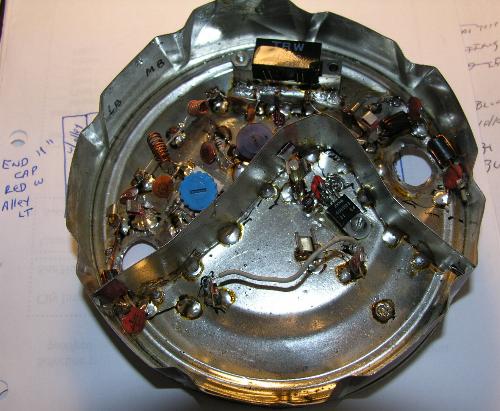 | | Photo:Steve Allen | |
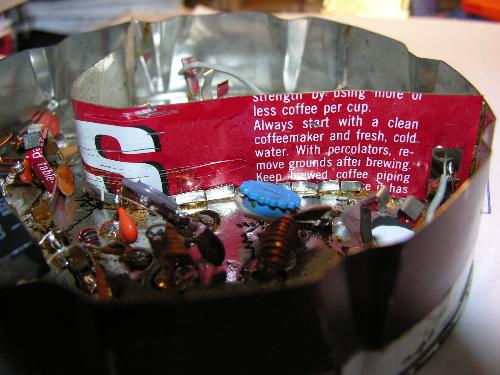 | | Photo:Steve Allen | |
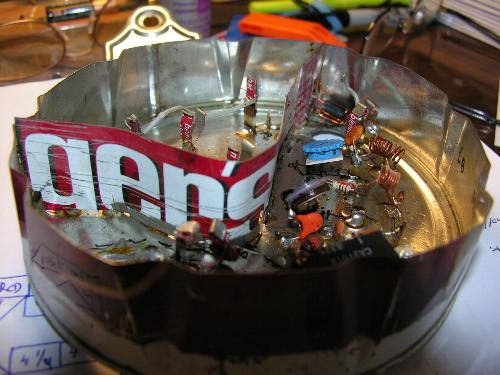 | | Photo:Steve Allen | |
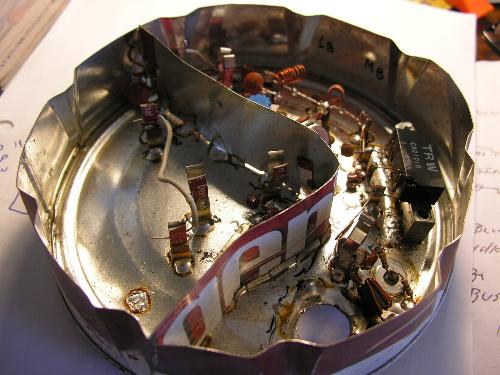 | | Photo:Steve Allen | |
Historical Narrative and Photos
by Bryan Wade
Here are pix of my 'coffee can' amp. Maybe Steve [Allen] and I can argue about whose is oldest as this is also a discrete transistor version. Mine may be unique as the amps were mainly made with Folgers cans and mine is a 'hybrid' in the sense that it is made with another brand of can along with the Folgers — maybe Maxwell House?
These amps were made in Reno, NV by Marshall Addison, believed to have passed on at this point. They were in the four systems that I think Steve mentioned. They were DC powered from customer's homes with simple 'wall wart' style supplies, thru the drops. Yes, that's right, DC.
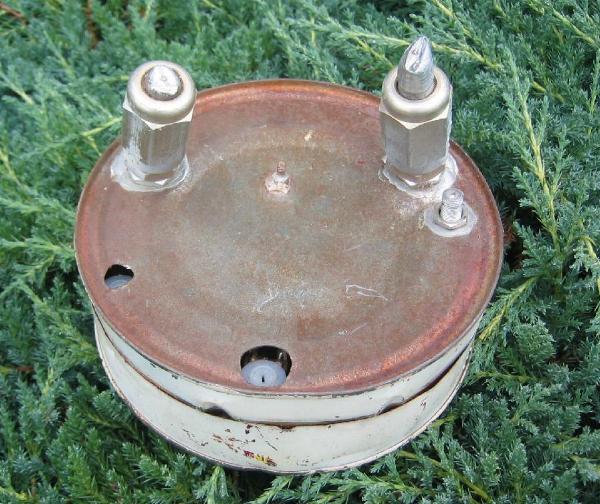 | | Photo:Bryan Wade | |
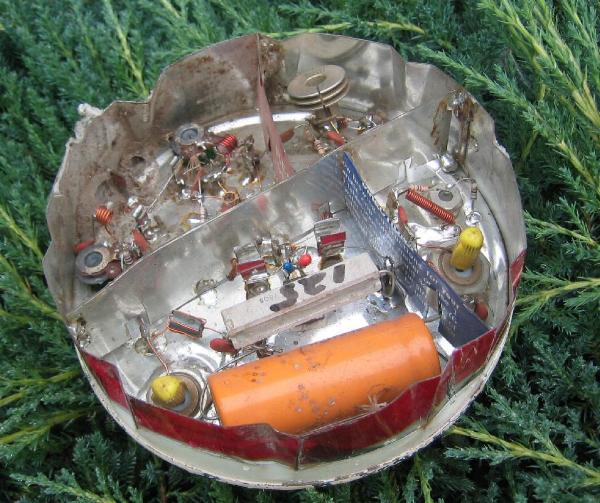 | | Photo:Bryan Wade | |
Historical Narrative
by Rex Porter
I've met with a few of the people who built such amplifiers over the early years. Every one of them had a one- or two-channel cable system because they didn't have more than two channels they could receive. The received television channel was usually demodulated and remodulated to channel 2 or 3. These systems were usually very small; the trunk cable would be RG-11 and the feeders would be RG-6.
Phelps-Dodge didn't invent the process for making aluminum-sheath cables until the end of the '50s and so semi-flex cables were not readily available. (Since prior cables had been very flexible, operators didn't like to hang the aluminum cables because they were so rigid. Cable manufacturers originally marketed the aluminum cables as "semi-rigid" cables, but Larry Degeorge, the President of Times Wire and Cable Co, decided to market his cable as "semi-flex" and stole a big piece of the market with that simple move.)
By the mid-1960's, however, you could order aluminum trunk and feeder cable from Amphenol, Anaconda, Andrew, Brand Rex, Columbia, Phelps Dodge, Plastoid, Prodelin, Rome, Saxton, Superior, (G-Line from Surface Conduction Co in New York City), Times Wire & Cable and Viking (later known as Vikoa).
In some of the early systems, I've seen the circuits built onto platforms within mail boxes, which had the front lid drop down (bread boxes were also popular). These were just bolted to the side of a tree or onto the sides of houses and other buildings.
There were no amplifiers with housings allowing amps up on the strand. "Modern" power supplies and amplifiers were located in a ventilated metal box on cross-arms on power poles and power was fed down the pole to the amps in the metal boxes.
Once, when I was doing signal surveys in Indiana, Kentucky and Illinois, I worked out of the cable offices in Horse Cave/Cave City, Kentucky. One guy had a tower in his back yard, ran the cables from the tower, through a window, into his kitchen (which he used as his headend/kitchen), then back out through the window and out to metal poles which he had set as his pole line. He didn't set the metal poles very deep in the ground and I attended a council meeting where he wanted the city officials to make it a crime to mess with his poles. Seems the school children were pushing his poles over to the ground as they went to and from school. He only had two subscribers in that town (himself and a non-paying subscriber who ran the local TV repair shop)
There is one guy who knows this history better than anyone else. And that is Archer Taylor. If you find a piece of old gear, Archer can tell you true-history about it's introduction and use in our industry and is probably the only Pioneer left who has seen it all. —Rex
Historical Narrative and Photos
by Neal McLain
The following photos show an actual amplifier that was once in service on a utility pole somewhere in the Sierra Nevada Mountains of California. Note the clever use of a wirenut to connect the connector stinger to the transistor lead.
A former colleague of mine, Michael Collins, was Chief Tech at a neighboring system. When Mike's employer purchased the neighboring system, Mike had the job of rebuilding it. He removed all the old coffee can amplifiers but — thankfully — he didn't discard them. He sent them to all his old cable buddies as Christmas presents.
I've kept this coffee can amp on my bookshelf all these years, and I occasionally show it off at SCTE or SBE meetings. It's always a great hit.
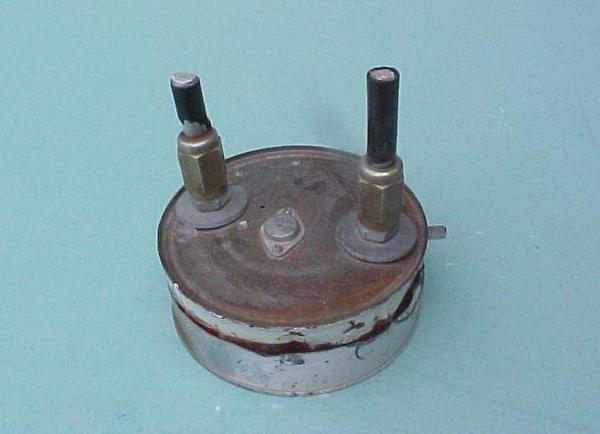 | | Photo:Neal McLain | |
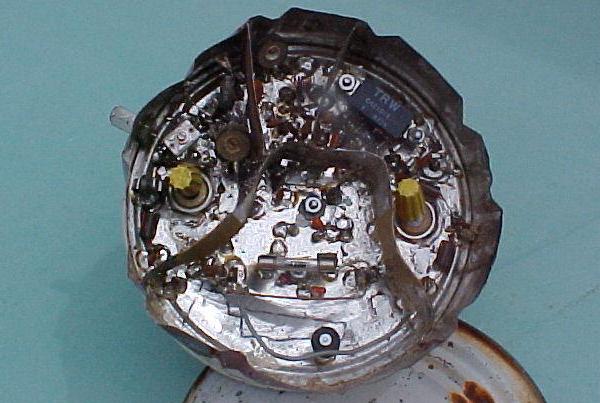 | | Photo:Neal McLain | |
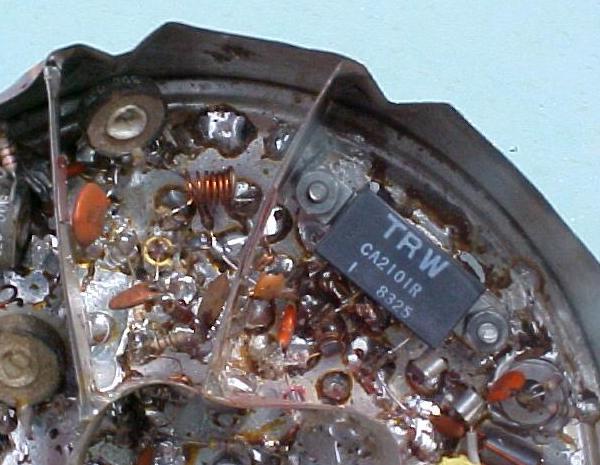 | | Photo:Neal McLain | |
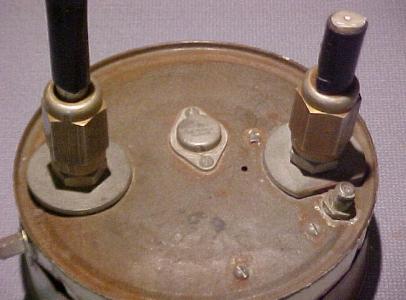 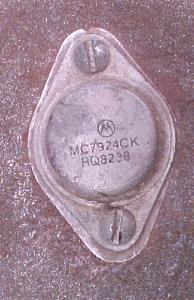 | | Photo:Neal McLain | |
| 